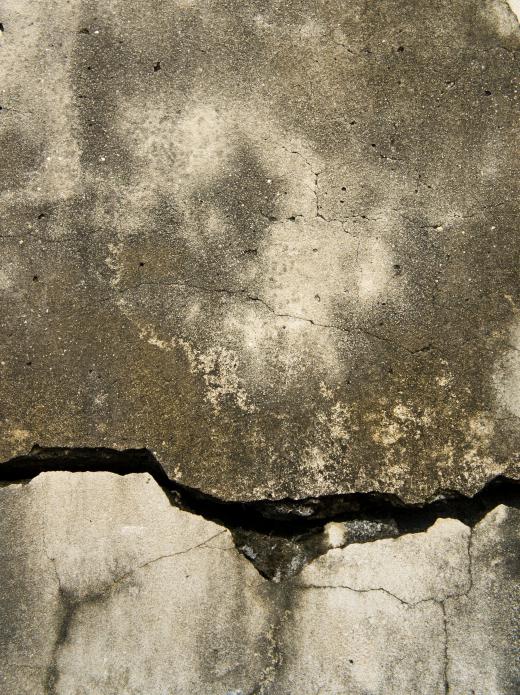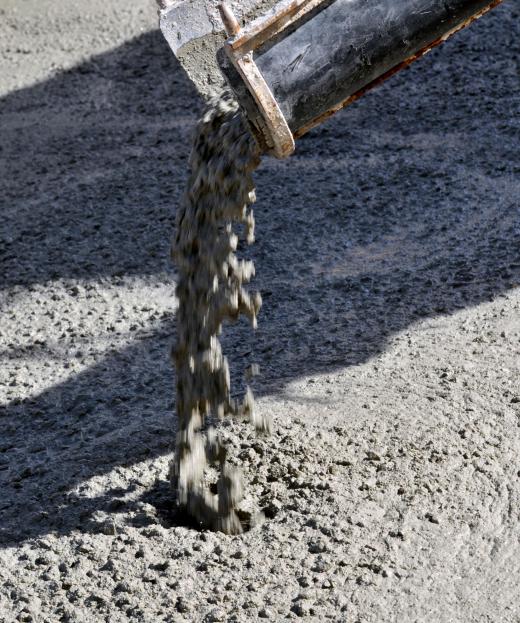Concrete is most often used for building foundations. If concrete is mixed incorrectly, you run the risk of developing foundation cracks, which can weaken the structure of the building. A solid foundation involves precise measurements and mixing concrete to the correct consistency.
There are several items that are needed for mixing concrete. From a home supply store, purchase cement, sand, aggregate, a measuring bucket and cloth tarps. A cement mixer is recommended for mixing concrete, as it does a much more thorough job than mixing by hand. A cement mixer can be rented hourly or by the day.
Mixing concrete involves the proper blend of cement, sand, and aggregate. Pour the cement into a bucket that will be used for measuring. Document how much cement is in the bucket, then transfer it to a concrete mixer.
Use the same bucket and measure out twice as much sand as there was cement. Transfer the sand to the cement mixture. Use the same bucket to measure out four times as much aggregate as there was sand. Transfer the aggregate to the cement mixture.

Mixing concrete involves a precise amount of water. The amount of water should be equal to 55 percent of the amount of cement that was used. When the proper amount of water is added, the concrete will be the consistency of pancake batter. This is important, as concrete that is too thick or thin will crack and threaten the foundation.
Perform the slump test to see if the concrete is the proper consistency after mixing. Position a slump cone on a level surface and fill it with the concrete mix, making sure to remove any air bubbles. Lift of the slump cone gently and see if approximately a third of the concrete slumps. If it does, the concrete is the proper consistency. If more or less slumps, the water will need to be adjusted accordingly.

Use a water hose to spray the ground where the concrete foundation will be laid. After mixing concrete with the cement mixer spread it on the ground immediately. It will dry and begin to set quickly. Allow the concrete to sit for approximately one hour.
Cover the concrete with cloth tarps after it has set for an hour. Saturate the cloth tarps and keep them moist for 14 days. Remove the tarps and spray the concrete regularly for another 14 days. After the concrete has set for a total of 28 days, it is ready to be built on.
